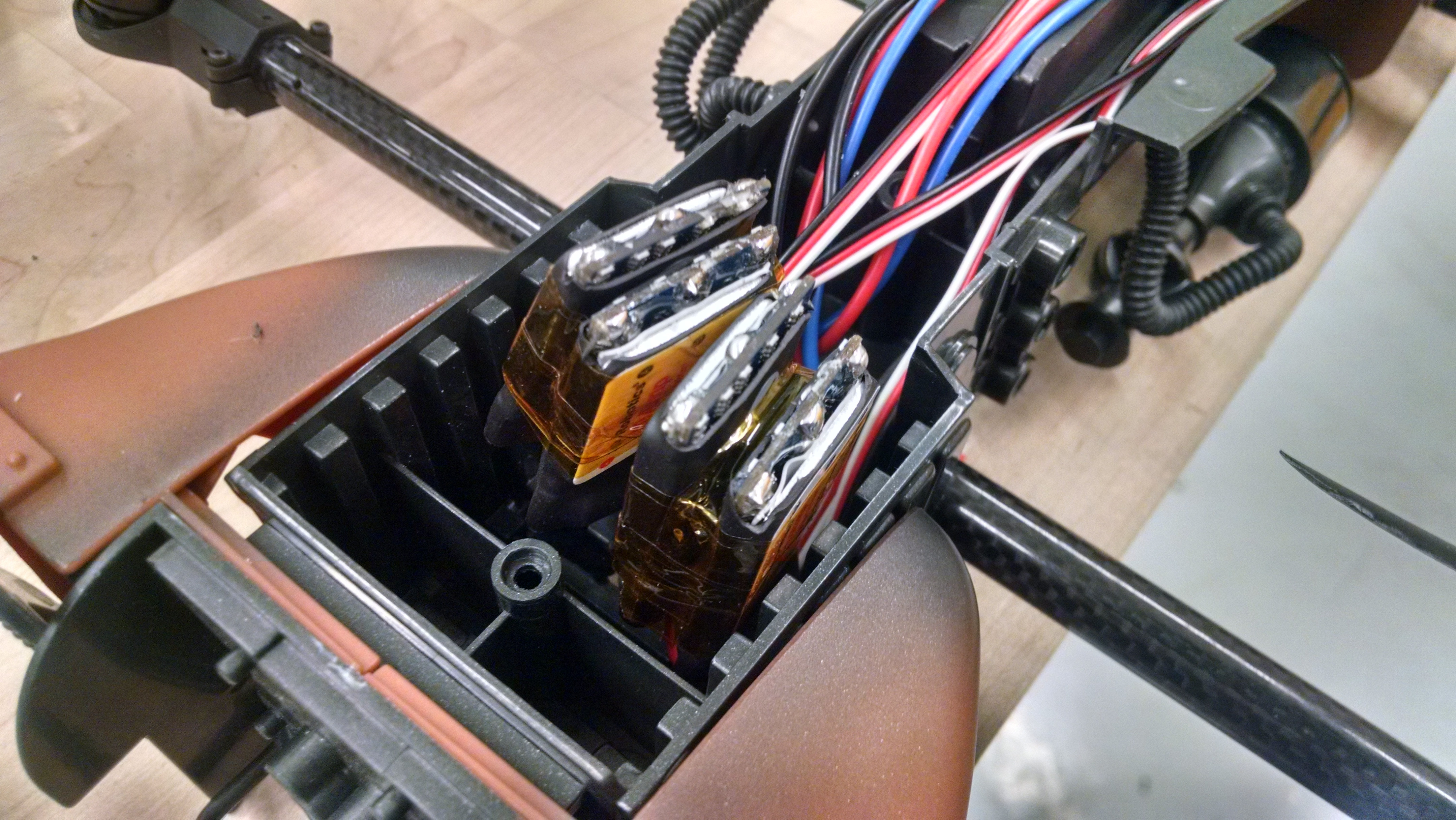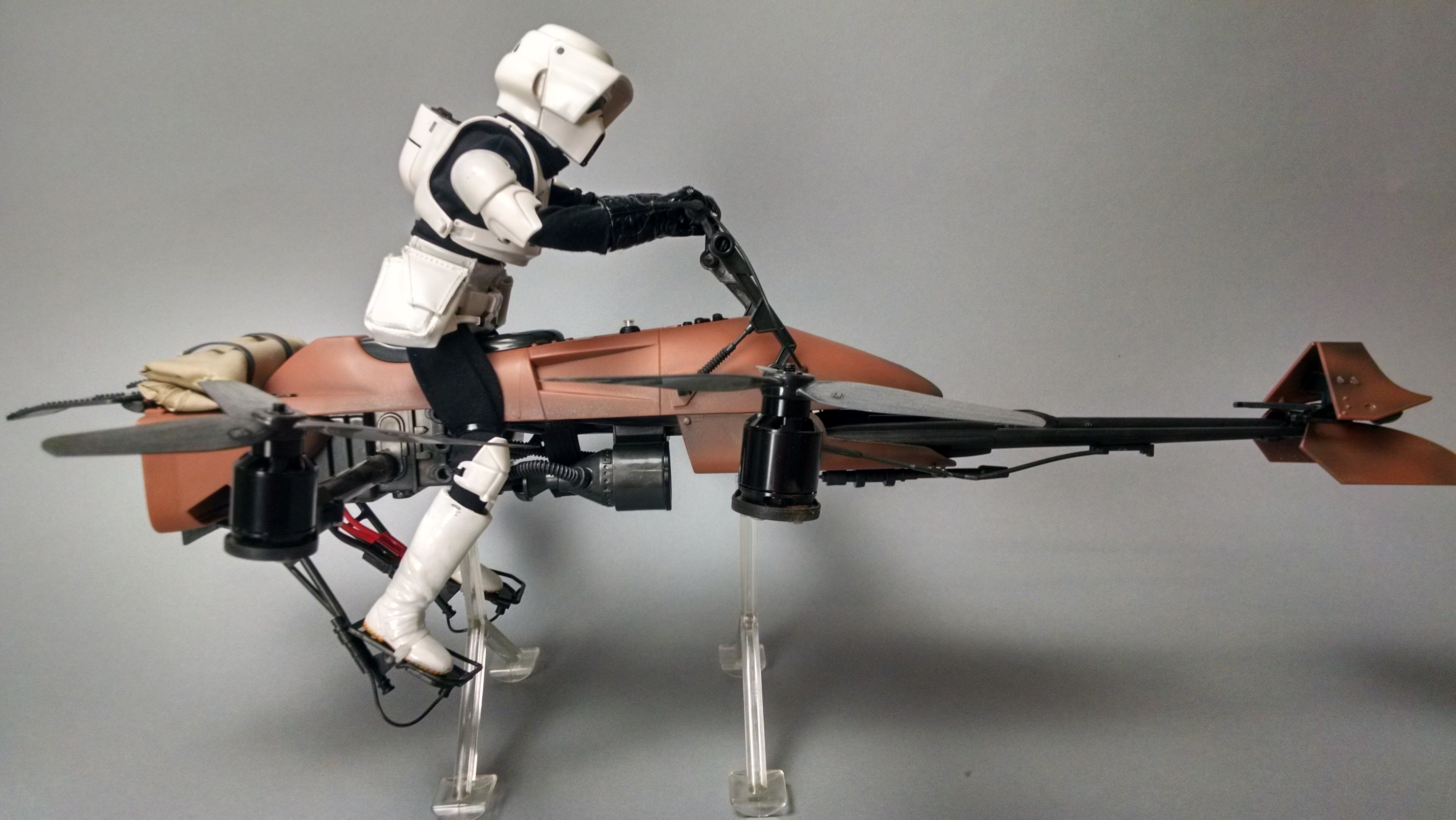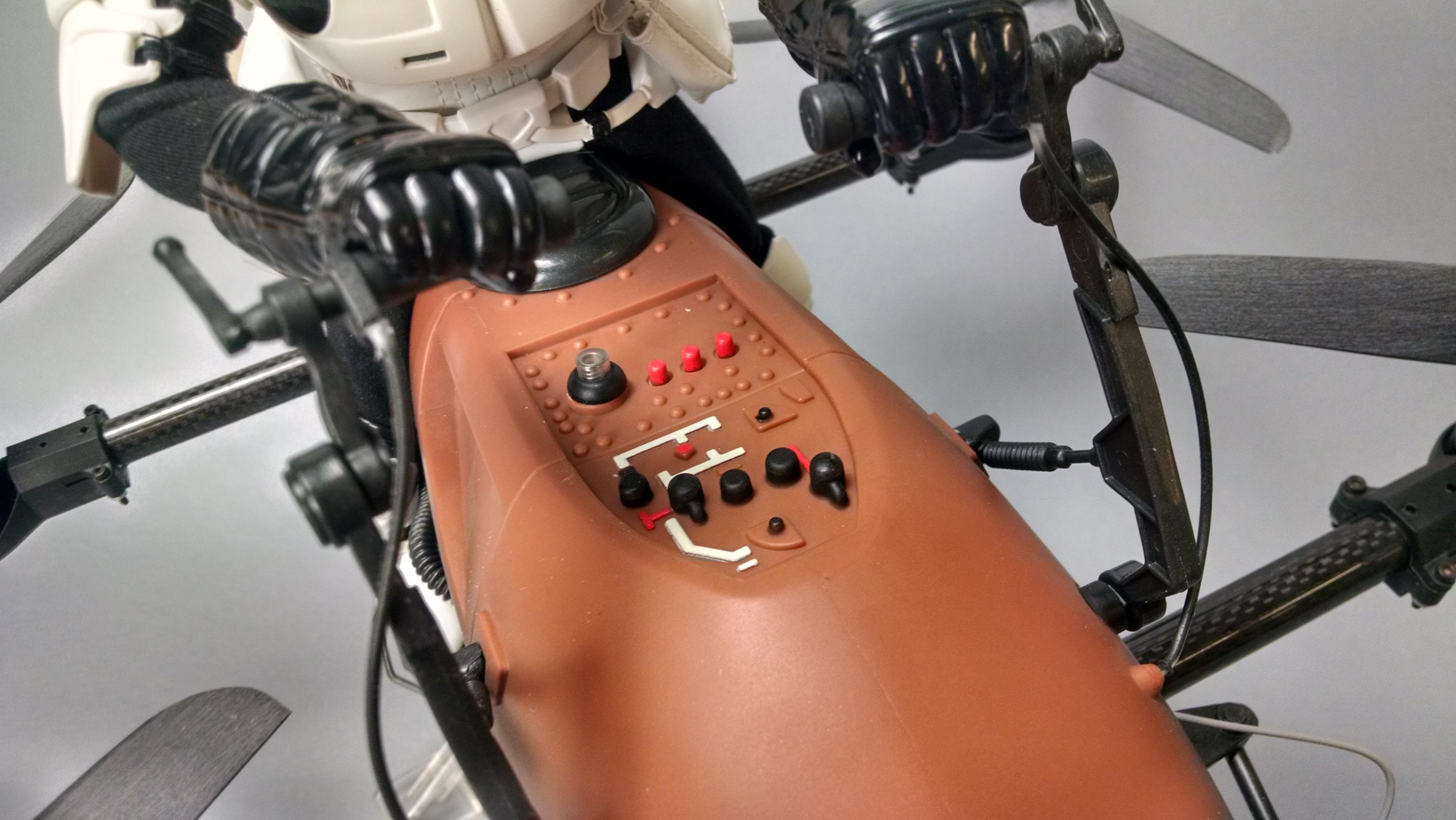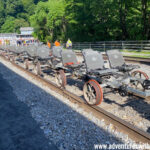Inspired by the thrilling speeder bike chase through the forests of Endor in Star Wars: Return of the Jedi, I embarked on a project to bring a piece of that galaxy far, far away into our own. As a fan of both FPV multi-rotor racing and all things Star Wars, the idea of creating a flyable Imperial speeder bike replica was irresistible. This DIY endeavor was about more than just building a drone; it was about capturing the essence of those iconic speeder bike star wars moments and experiencing them firsthand.
To start this exciting project, the foundation was a 1:6 scale Hasbro Power Of The Force series Speeder Bike model. For those deep into Star Wars lore, this is officially known as a “74-Z Speeder Bike” or “Imperial Speeder Bike.” Hasbro’s re-release of these toys from the 80s, coinciding with the special edition films in 1997, provided the perfect base. My particular model, stamped 1999, is one of these re-releases and is ideal due to its lightweight and hollow plastic construction, typical of Hasbro toys designed for affordability. Crucially, the more delicate parts are made from a flexible vinyl-like material, offering surprising durability for its weight. For anyone looking to undertake a similar project, these models are still available on platforms like eBay for around $50, often listed as “Star-Wars-Power-of-the-Force-Speeder-Bike-With-12-inch-Scout-Trooper-Figure.”
 Close-up of the Hasbro 1:6 scale Speeder Bike toy used as the base for the DIY project
Close-up of the Hasbro 1:6 scale Speeder Bike toy used as the base for the DIY project
The major hurdle was engineering a lift system that wouldn’t detract from the speeder bike’s aesthetic. The goal was to make it fly without looking like a conventional quadcopter clumsily attached underneath. Using CAD software and an overhead image of the model, I experimented with various rotor configurations. The key considerations were ensuring the rotors cleared the rider and bike, maintaining the center of lift over the center of gravity, and achieving a lift capacity of approximately 600 grams. The final design incorporated four 7-inch rotors powered by 880kv 28mm motors. These motors are typically paired with larger 10 or 11-inch two-blade propellers on an 11.1v LiPo battery. To compensate for the smaller 7-inch rotor diameter, I opted for three-bladed propellers and a higher voltage 14.4v 2200mAh LiPo battery. While not the most energy-efficient setup, this configuration allowed for a compact quadcopter design capable of lifting the relatively heavy frame.
 CAD design layout of the rotor configuration for the Speeder Bike drone project
CAD design layout of the rotor configuration for the Speeder Bike drone project
The structural booms are constructed from 10mm carbon tubes, utilizing stick mount motor mounts. To ensure the speeder bike maintained a level orientation during forward flight, both the autopilot system and the rotors were angled forward by about 10 degrees.
 Angled rotors and carbon tube booms of the Speeder Bike drone frame
Angled rotors and carbon tube booms of the Speeder Bike drone frame Close-up of the motor mount and rotor assembly on the Speeder Bike drone
Close-up of the motor mount and rotor assembly on the Speeder Bike drone
A 3DRobotics PixHawk autopilot system manages the control, although other flight controllers like Naze32 or KK2 would also be suitable. Tuning the flight controller proved to be a bit tricky due to the close proximity of the front and rear rotors. However, with careful adjustments, stable and smooth flight was achieved.
 PixHawk flight controller mounted on the Speeder Bike drone frame
PixHawk flight controller mounted on the Speeder Bike drone frame Side view of the Speeder Bike drone showcasing the electronic components and wiring
Side view of the Speeder Bike drone showcasing the electronic components and wiring Rear view of the Speeder Bike drone highlighting the motor and propeller configuration
Rear view of the Speeder Bike drone highlighting the motor and propeller configuration Top-down view of the Speeder Bike drone showing the overall layout and component placement
Top-down view of the Speeder Bike drone showing the overall layout and component placement
The power system could handle an additional 600g of weight, but with the bike itself weighing around 475g, there wasn’t much capacity left for the rider. The original Scout Trooper figure, with its Barbie-doll style body, was surprisingly heavy at over 200g, even before adding armor and clothing. To reduce weight, a new rider body was fabricated using pipe cleaners and Nerf darts (any similar foam material would work). A 6mm carbon tube runs through this lightweight skeleton and attaches to the bike seat via a drilled hole. This new skeleton dramatically reduced rider weight to just 15g and offered greater flexibility. The rider’s boots and legs are zip-tied to the bike to prevent them from interfering with the rotors during flight.
 Comparison of the original Scout Trooper figure and the lightweight DIY rider skeleton
Comparison of the original Scout Trooper figure and the lightweight DIY rider skeleton Close-up of the DIY lightweight rider skeleton made from pipe cleaners and foam
Close-up of the DIY lightweight rider skeleton made from pipe cleaners and foam
For a truly immersive experience, the helmet of the rider can be swapped out for an FPV camera mounted on a small styrofoam ball. This FPV unit is a Spektrum combination camera and video transmitter, paired with FatShark Dominator video goggles and a small security camera DVR for ground recording.
 FPV camera unit mounted on a styrofoam ball replacing the rider's helmet
FPV camera unit mounted on a styrofoam ball replacing the rider's helmet
With the success of this Imperial version, a Luke Skywalker speeder bike model is now on order, with plans to build a second for some speeder bike star wars-style racing through the trees. Future projects may also include other Hasbro Star Wars vehicles, expanding this fleet of flyable replicas.
 Front view of the completed Speeder Bike drone with lightweight rider
Front view of the completed Speeder Bike drone with lightweight rider Side profile of the Speeder Bike drone in flight
Side profile of the Speeder Bike drone in flight Action shot of the Speeder Bike drone flying outdoors
Action shot of the Speeder Bike drone flying outdoors
This project perfectly blends the thrill of RC flight with the beloved universe of Star Wars, offering a unique and engaging way to experience the excitement of speeder bike star wars chases in real life. It’s a testament to the creativity and ingenuity of the DIY maker community, proving that with some technical know-how and a passion for Star Wars, you can bring a piece of that galaxy to your backyard.

